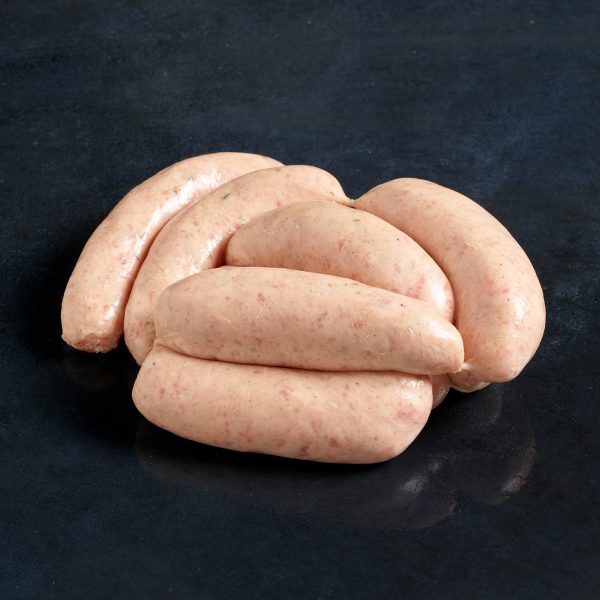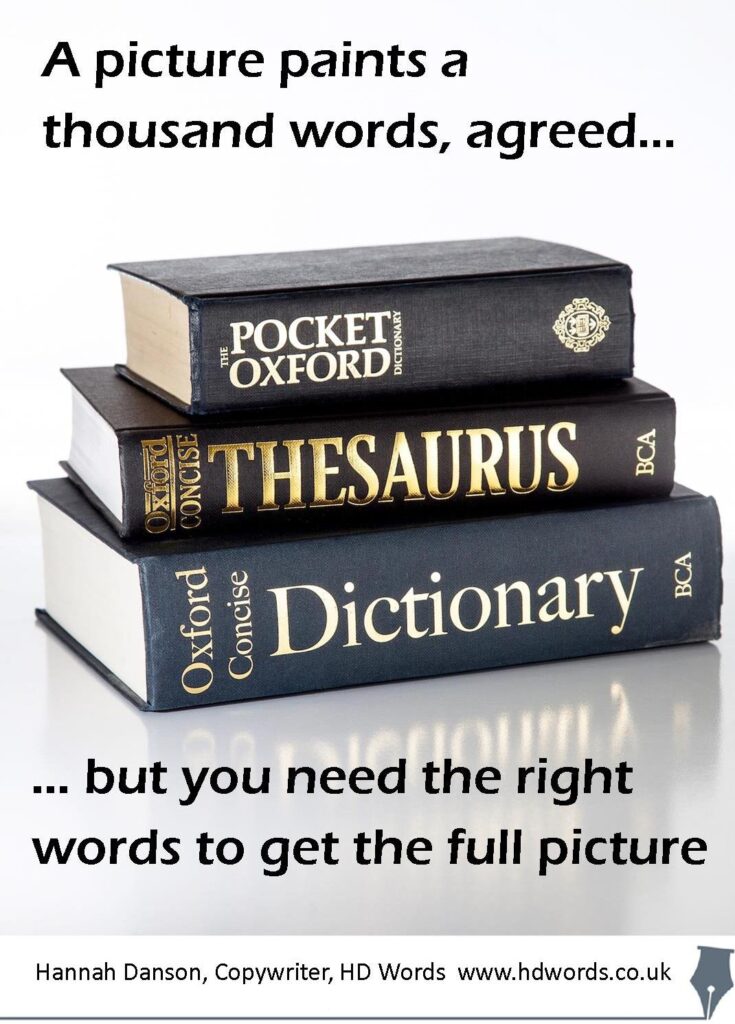Several people have said to me, “I make a beautiful product, Hannah, and there are gorgeous pictures of it on my website, so I don’t need any words really”.
And I’m sorry to say it, but they’re wrong.
I have seen some truly gorgeous websites with pictures of food items, or hand-crafted garments, or graphic design projects, with only a handful of words. They look great, but they absolutely fail to tell me what I need to know, as a potential customer.
I can’t tell from just looking at it that the pork in the sausages is hand-reared and organic. I can’t see that the cake is vegan, or that the jewellery is made from recycled gold. There is no clue what the fabric is for the bespoke dresses or what design brief the artist was trying to fulfil.
So, what are the very basic words that you need?
Product Descriptions 101
The key question you need to ask is ‘what does my customer need to know about this before they hand over their money?’ Your description needs not only to answer the ‘what is it?’ ‘how big is it?’ questions, but also ‘why do I need it?’

Let’s take meat products as an easy example, because almost no-one selling these is still making this mistake. (Arty people fall into this trap more!)
You’ll need to say ‘organic hand-reared pork’. You might want to go into a bit more detail about the different flavours you offer. Can you say ‘gluten free’ or ‘locally sourced’? You’ll also want to give sizes and quantities: ‘400g’ and ‘pack of 6’ are both necessary pieces of information, along with the price. And if you do 12-packs and bumper 36-packs, add them in too. Shipping and delivery info is important, if you have a physical product.
You’ll also need to ‘sell’ the sausages. Imagine you’re talking to a customer in person. You’d tell them about how delicious these sausages are, why they are superior to every other sausage on the market, your USP (Unique Selling Point or Proposition). So that needs to go on the website too.
You get the picture. And with a product that’s reproducible, it’s fairly simple to do this, at a basic level. Describing why they are superior may need a bit of support from a professional, as after all, you’re a specialist at making awesome sausages, not necessarily at writing about them to make them sound desirable.
Products Descriptions – advanced class

As a more complex example, and to illustrate the desirability factor, if you make wedding dresses, and each is a one-off, how do you describe that?
You’ll need to use pictures of brides happily wearing your past creations, and explain the process a bit. Maybe you have a series of basic shapes that you build on, or interchangeable necklines… But you’ll need to tell more of the story behind each dress you share pictures of.
Every bride will need to feel that she’s unique, but you need to make them relate to one of your existing customers – it’s a fine line to tread!
You’ll need to tell the story of this customer who’s dress you had alter 4 times in the run-up to the wedding because she was ill and her weight kept changing due to her medications… Or that customer who wanted to incorporate fabric from her late mother’s wedding dress… If you don’t tell those stories, all we see on your site is a parade of beautiful dresses. There’s nothing that will make me sure that you can handle a complex request like mine, if all I can see is dresses with no words. I won’t know that I can trust you, and I’ll not hand over my money.
Showing a process can be hard, even when you have a finished product to showcase. Your client may not want you to share the website design that they used to have, or the selection of rejected ideas before you came up with the winner. In this circumstance you can give some background on the client, their brief and desired outcomes, your thought-processes, and how the final product makes everyone happy.


Leave a Reply